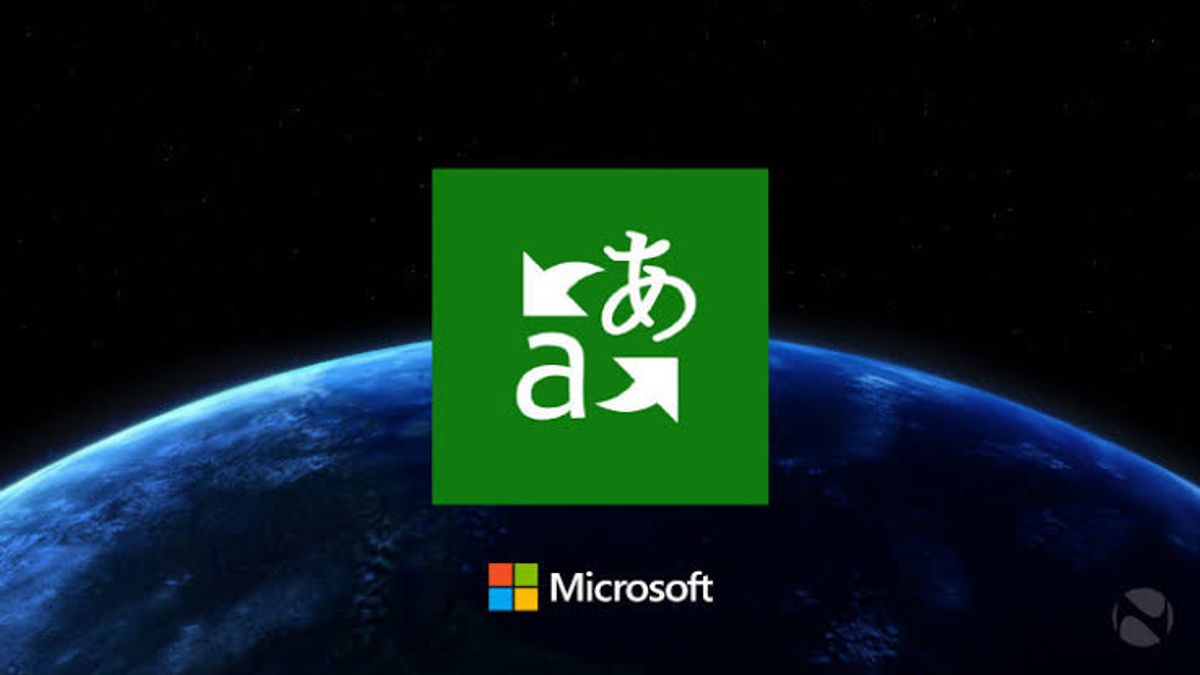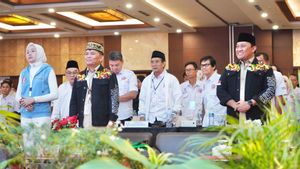JAKARTA - Microsoft's text translation service that adopts AI technology, Microsoft Translator currently supports more than 100 different languages and dialects.
With the addition of 12 new languages including Georgian, Macedonian, Tibetan, and Uyghur, Microsoft claims that Translator can now make text and information in documents accessible to 5.66 billion people worldwide.
Granted, Microsoft isn't the first to have 100 languages in its translation tool. Previously, there was a competitor to Google Translate who first reached this milestone in February 2016.
However, what sets Google apart is that Microsoft states that the new language is powered by unique advances in AI and will be available in the Translator, Office, and Translator apps for Bing, as well as Azure Cognitive Services Translator and Azure Cognitive Services Speech.
“One hundred languages is a good milestone for us. We can take advantage of (the similarities between languages) and use them to improve the overall language family," said Xuedong Huang, Chief Technology Officer (CTO) of Microsoft Azure AI, as quoted by VentureBeat, Tuesday, October 12.
The AI technology supported in Translator is Z-code, part of Microsoft's larger XYZ code initiative to combine AI models for text, sight, audio, and language to create AI systems that can speak, see, hear, and understand.
Z-code provides a framework, architecture, and model for text-based, multilingual AI language translation for the entire language family. Due to the sharing of linguistic elements across similar languages and transfer learning, which applies knowledge from one related task to another, Microsoft claims to have succeeded in increasing quality and reducing costs for its machine translation capabilities.
With Z-codes, Microsoft uses transfer learning to go beyond the most common languages and improve translation accuracy for low-resource languages, which refer to languages with training data under 1 million sentences.
About 1,500 known languages fit these criteria, which is why Microsoft developed a multilingual translation training process that incorporates language families and language models.
The Z-code language model is multilingually trained in many languages, and that knowledge is transferred between languages. In August, Microsoft said that a Z-code model with 10 billion parameters could achieve cutting-edge results on machine translation and summary tasks across languages.
Meanwhile, Google is also using AI techniques to improve the quality of language translations across its services. Not to be outdone, Facebook recently revealed a model that uses a combination of word-for-word translation and back-translation to outperform the system for more than 100 language pairs. Microsoft, for its part, points to Translator's appeal as a testament to the platform's sophistication.
The English, Chinese, Japanese, Arabic, and French versions are automatically generated by the AI. So there may still be inaccuracies in translating, please always see Indonesian as our main language. (system supported by DigitalSiber.id)













